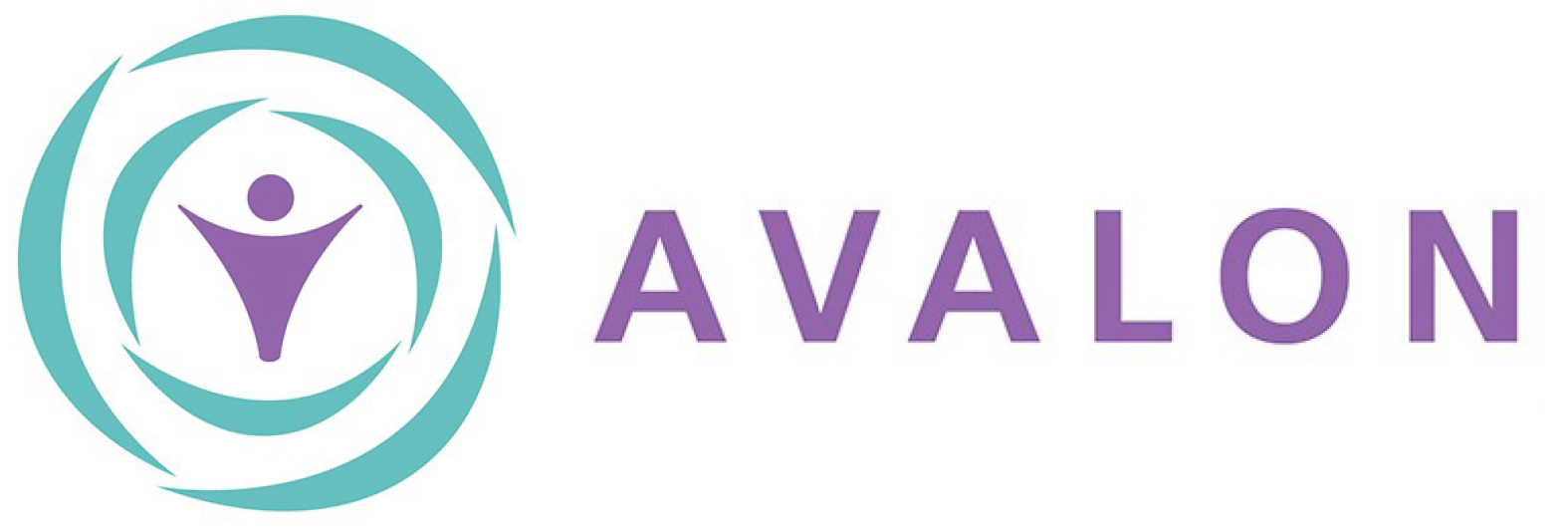What is sexualized violence?
Learn about consent and the types of sexualized violence
Sexualized violence is when someone acts or behaves sexually towards you without your consent. It includes:
- Sexual assault.
- Sexual abuse.
- Sexual harassment.
- Sexual exploitation.
Sexualized violence is never the fault of the person it happens to. No-one asks for, invites or deserves sexual assault.
Consent means agreeing to something that you want.
It’s only consent if:
- You agree freely, clearly and enthusiastically.
- You fully understand what you’re agreeing to.
You did not give consent if you were:
- Physically forced.
- Threatened, bullied, pressured or tricked into agreeing.
- Not given the opportunity to say “no.”
- Too scared or uncomfortable to say “no.”
- Asleep or unconscious.
- Drunk, high or drugged.
- Under the age of consent (which is 16 years old in Canada.)
You did not give consent if the other person was:
- A family member.
- A professional who’s supposed to help you, such as a teacher or doctor.
Consent is reversible. You can change your mind at any time and the other person must stop. This is true even if you said “yes” before and even if you’ve already started something. Consent stops as soon as someone becomes unconscious, asleep, drunk, high or drugged.
Consent is specific. Saying yes to one thing doesn’t mean you agree to something else. For example, going to their bedroom doesn’t mean you agree to have sex.
Consent is always needed. Everyone needs to get consent, everytime. This is true even if you’ve done it before or if you’re married to them.
Sexual assault is a sexual act that’s done without the other person’s consent. It includes:
- Rape (forced sex.)
- Attempted rape (when someone tries to force sex.)
- Unwanted sexual touch such as stroking, fondling and kissing.
- Forcing, pressuring or tricking someone into doing something sexual.
- Doing something sexual to someone who’s unconscious, asleep, drunk, high or drugged.
- Doing something sexual to a child or family member.
Canadian law recognizes three different types of sexual assault. Learn more with our brochure: Sexual Assault Laws & Definitions (PDF)
Sexual abuse is when someone who’s in a position of power is sexually violent towards someone who’s vulnerable.
Some examples are:
- A parent being sexually violent towards their child.
- A teacher being sexually violent towards their student.
- A care worker being sexually violent towards their client.
Childhood sexual abuse is when a child under the age of 16 years experiences sexualized violence.
Incest is when someone experiences sexualized violence from a family member.
Sexual abuse often (but not always) looks like a number of sexually violent acts that happen over weeks, months or years.
Sexual abusers may try to gain their victim’s trust first. They may force or trick the victim into keeping the abuse a secret.
Sexual harassment is when someone says or does something sexual in a way that upsets you. It can include:
- Saying sexual things to or about you.
- Showing you sexual things.
- Sharing sexual photos of you without your consent.
- Watching you do something sexual without your consent.
- Stalking (for example, waiting outside your house when you don’t want them to.)
Sexual harassment can happen online, over the phone and in person.
Sexual exploitation is when someone profits from forcing or tricking a person into sexual behaviour. The offender often has power over the victim due to differences in age, gender, physical strength or status.
Types of sexual exploitation include:
- Child pornography – this is when the offender takes sexual photos or videos of a child, often sharing them online.
- Sexual human trafficking – this is when the victim is forced or tricked into doing sex work. They’re controlled by someone who gets money or other valuables out of their work.
- Revenge porn – this is usually when someone shares a photo of a previous sexual partner online. The photo may or may not have been taken with consent, but it’s not shared with consent.
Need more information?
Find useful links and downloadables on our resources page.
Feeling confused about something that happened? We can help. Please contact our team.
